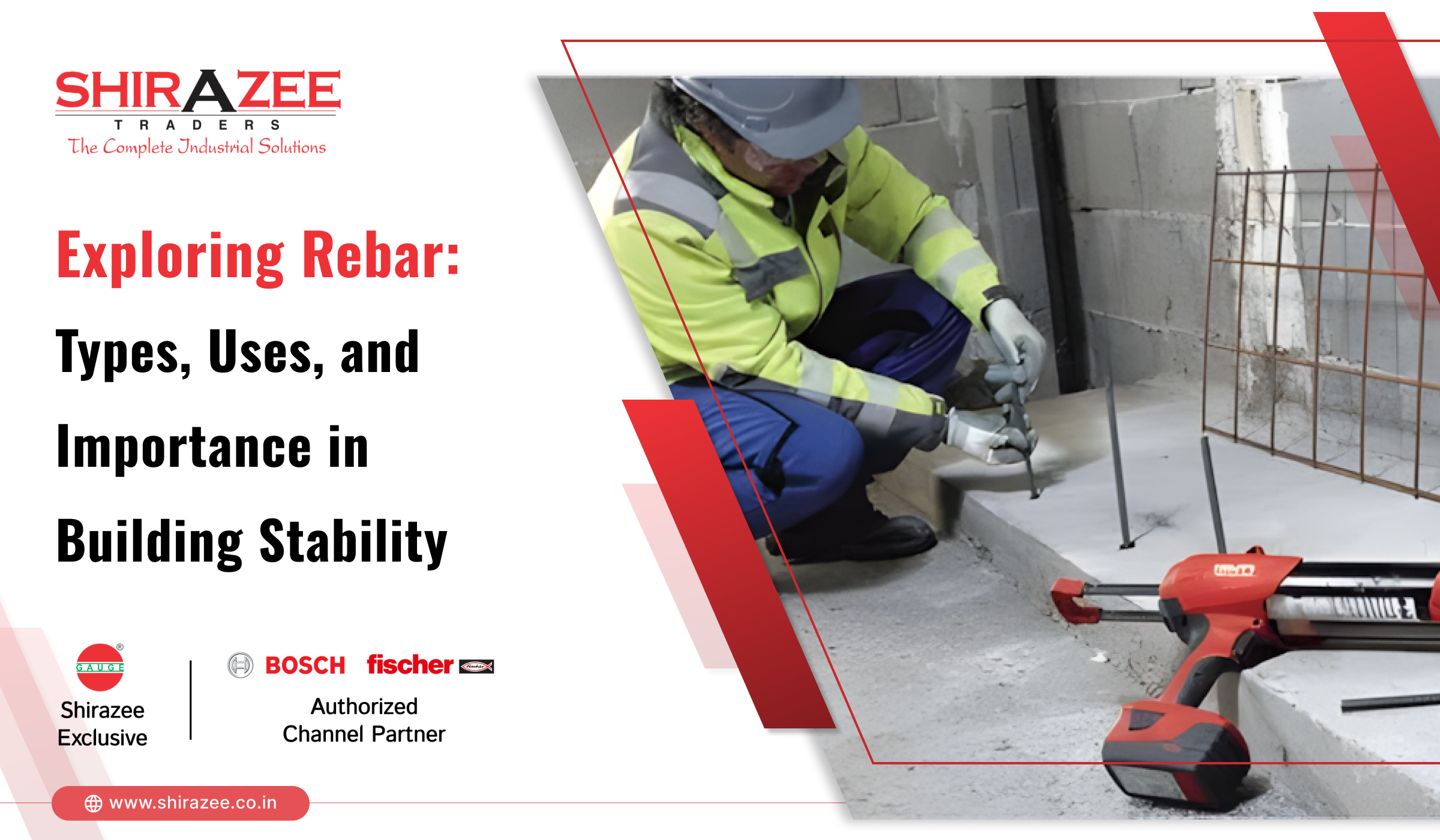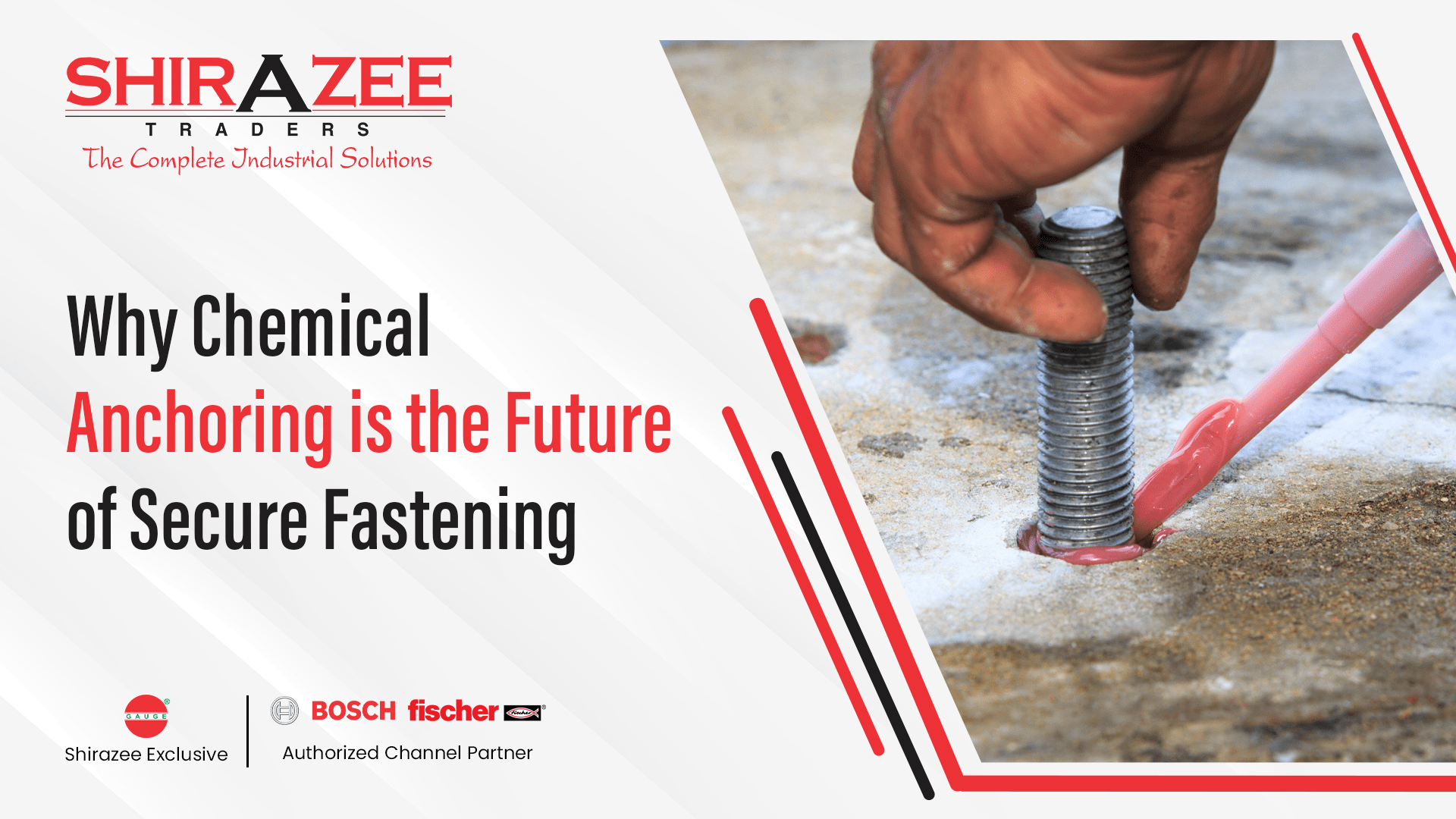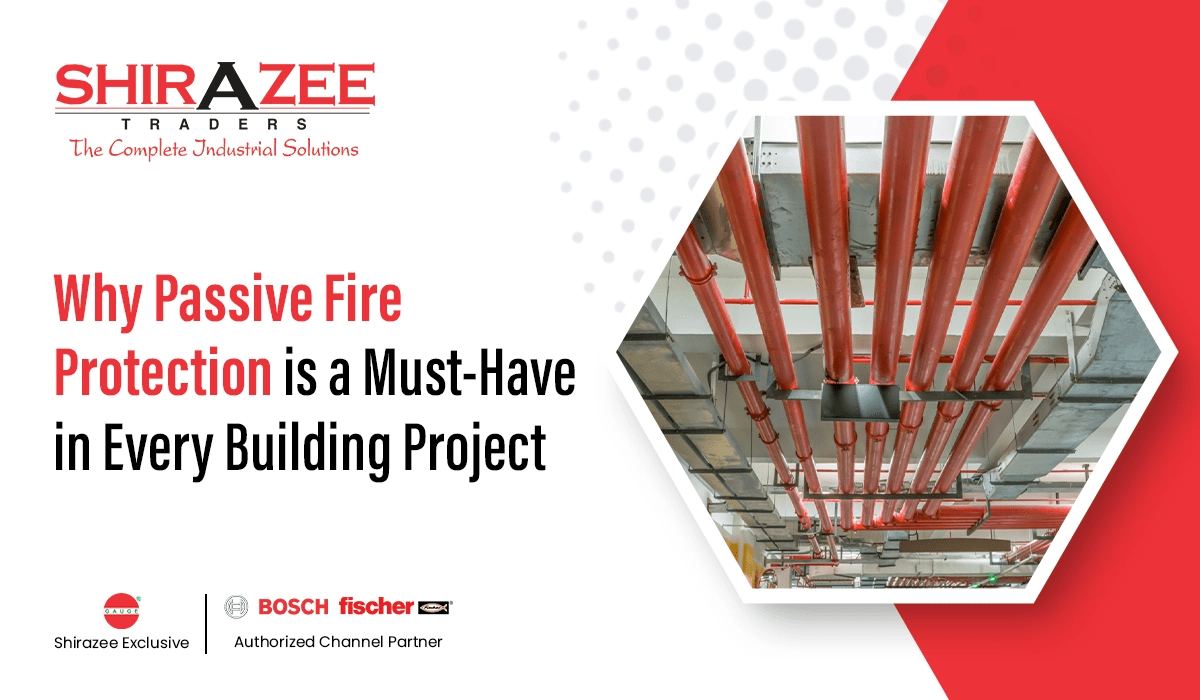
Rebar is the one material that stands tall for building strong and durable structures. Steel reinforcement bars play a crucial role in the construction industry by providing strength and stability to concrete. Concrete is excellent at handling heavy loads but cracks easily under tension. This is where rebar comes in, reinforcing the concrete and helping it withstand various forces.
Ready to discover how rebar can be the unsung hero in construction, ensuring your buildings stand strong against time and nature? Let’s explore the different types, uses, and the vital role rebar plays in maintaining stability!
What is Rebar?
Rebar is a metal bar used to reinforce concrete. Concrete is strong in compression but weak in tension. oThat means it easily cracks or breaks under pressure. By adding rebar, builders can help the concrete withstand these forces, making structures safer and more reliable. Rebar comes in various shapes and sizes, each designed for specific applications.
For example, Mild Steel Bars are smooth and flexible, making them easy to work with for smaller projects. On the other hand, Deformed Steel Bars have ridges that help them bond better with concrete, making them ideal for larger constructions like bridges and high-rise buildings. Understanding these differences is important for builders to choose the right type of rebar for their projects.
In addition to enhancing strength, using the right rebar can also lead to cost savings in construction. Properly reinforced structures are less likely to suffer from cracks or failures, which means fewer repairs down the line. This not only saves money but also ensures that buildings remain safe for occupants. Overall, rebar is an essential component in modern construction that helps create safe and durable buildings.
Let’s Explore Types of Rebar
There are several types of rebar used in construction, but the two most common are:
1. Mild Steel Bar
Mild steel bars have a lower amount of carbon compared to other types of steel. They can withstand stretching and bending without breaking. They are often used in residential buildings, bridges, and other structures where bending is required. Their affordability makes them a favorite among DIY enthusiasts and metalworkers. Mild steel bars are easy to weld, i.e. they can be joined together quickly and securely during construction.
Mild steel can be shaped into different forms without losing its toughness. This property is useful in making items like gates, fences, and furniture. However, it’s important to note that mild steel can rust if exposed to moisture over time. To prevent rust, builders sometimes use galvanized mild steel, which comes with a special coating. Overall, mild steel bars are essential in the construction industry because they offer a combination of strength, flexibility, and cost-effectiveness. Whether it’s for building frames or creating machinery parts, mild steel plays an important role in ensuring that structures are safe and durable.
2. Deformed Steel Bar
Deformed steel bars have ridges or bumps on their surface, which helps them bond better with concrete. This special design allows the rebar to grip the concrete tightly, preventing slippage, ensuring that the two materials work well together. The strong connection of deformed steel bars makes them ideal for heavy construction projects like highways, dams, and high-rise buildings. The deformations on deformed steel bars come in various shapes, such as ribs or lugs.
When concrete is poured around these bars, the ridges help hold everything in place as it hardens. This means that buildings reinforced with deformed steel bars can withstand heavy loads and forces. Deformed steel bars are flexible enough to bend without breaking under stress in areas with movement or pressure. By using deformed steel bars in construction projects, builders can create structures that stand the test of time and provide safety for everyone who uses them.
Uses of Rebar
Rebar is used in various applications within the construction industry such as:
Foundations
Rebar in the construction of foundations provides extra strength and stability to the structures. When concrete is poured for a foundation, rebar is placed inside to help it withstand heavy loads. This is important as foundations support the entire building above them, and any weakness can lead to serious problems. By using rebar, builders ensure that the foundation can handle the weight of the building and resist any shifting or settling over time. This makes the foundation strong enough to keep the entire structure safe and secure.
Slabs
In floors and ceilings, rebar plays an important role in supporting heavy loads. When concrete slabs are created (for a parking garage or a large building floor), rebar distributes the weight evenly. This prevents crack formation and ensures that the slab holds pressure from furniture, people, and equipment. With rebar in place, these slabs don’t break easily, providing a solid surface for everyday use.
Walls
Reinforced walls are another important application of rebar. These walls can withstand forces such as wind or earthquakes. When strong winds blow or an earthquake occurs, walls without rebar do not hold up against these forces and crack or collapse. By incorporating rebar into wall construction, builders create a stronger structure that absorbs these forces without failing.
Bridges
Rebar also ensures that bridges remain stable under traffic loads. Bridges experience constant pressure from vehicles passing over them. Without proper reinforcement, they weaken over time. Rebar helps distribute this weight across the bridge structure, preventing any one area from becoming too stressed. Hence, the bridges built with rebar can last longer and require less maintenance, making them safer for everyone to use.
Importance of Rebar in Building Stability
Using rebar in construction is essential for several reasons: Let’s discover why rebar is essential in building stability:
1. Increased Strength
Rebar enhances the tensile strength of concrete structures. Concrete stays strong when it is compressed, but breaks easily when pulled or stretched. When rebar is placed inside concrete, it allows the structure to handle heavy loads and resist bending or breaking. Therefore, it is easier to build taller buildings, bridges, and other structures without worrying about them collapsing.
2. Durability
Buildings with rebar last long and can withstand harsh weather conditions. Rebar protects the concrete from cracking and breaking due to extreme temperatures, heavy rain, or strong winds. In such areas, rebar keeps the concrete intact, preventing water from seeping in and causing damage. This durability allows structures to stand strong for many years without needing major repairs.
3. Safety
Properly constructed structures do not fail to protect both people and property. Buildings with rebars are able to withstand natural disasters like earthquakes or strong winds. This safety measure helps prevent accidents that could harm people inside the building or nearby. For example, if a building has rebar reinforcement, it will not collapse during an earthquake, keeping everyone safe.
4. Cost-Effectiveness
Investing in quality rebar saves money by reducing repair costs due to structural failures. Using rebar increases initial construction costs but becomes fruitful over time. Structures reinforced with rebar do not experience serious damage or require expensive repairs. Homeowners and builders can save money on maintenance and repairs in the future. Buildings that last longer reduce the need for new constructions, which is better for both budgets and the environment.
Conclusion
In conclusion, rebar is an essential component that provides strength, durability, and safety to buildings. Understanding the different types of rebar and their applications makes sure that structures are built to last. Whether you’re involved in a small residential project or a large commercial development, opting for quality rebaring services contributes to the stability of your construction. By embedding rebar, we create a robust structure that prevents cracks and can handle heavy loads. It is used in various construction elements like foundations, walls, beams, and columns, enhancing stability and resistance to earthquakes and strong winds. Whether for small residential projects or large commercial developments, choosing quality rebaring services ensures long-lasting structures.







